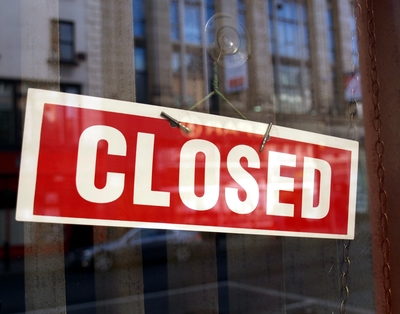Consumers have an increasing number of banking options as channels continue to be added and enhanced. Research shows that not only are customers taking advantage of this added flexibility, but they’re also continuing to visit branches at a frequency that might surprise you.
According to results from The MSR Group’s National Study, 69% of banking consumers used a branch within the past two weeks. While this branch usage comes in second to online banking (85% have banked online in the past two weeks), that’s still an estimated 76 million households making an effort to do their business in person, whether by choice or necessity.
The study shows most American consumers use multiple banking channels, selecting whichever is the quickest and easiest way to accomplish what they need. However, it’s clear that personal service is still valued and considered one of the strengths of the branch. When asked what is better about branch banking compared to other available options, 35% of those who have used the branch in the past two weeks referred to service.
Whether customers are looking for convenience or personal service, research indicates there’s an important reason for banks to offer multiple ways to get things done. Just as multi-channel shoppers have been shown to have higher brand loyalty and spend more than those who use one channel, the number and type of channels bank customers use impacts their level of advocacy for their financial institution. This is demonstrated by looking at The MSR Group’s metric called Net Advocacy Rating, or NAR®. NAR® measures customer likelihood to 1) recommend a company to friends and colleagues, and 2) do additional business with that company in the future.
NAR® among banking consumers is generally higher for those who bank in multiple ways, indicating that customers who have choices are more satisfied. While banks may prefer moving customers to automated channels as a more cost-effective way of meeting their needs, eliminating branches is a risky decision. In The MSR Group’s study, branch banking appears in two of the top three highest-rated channel combinations for NAR®. For example, customers who use a combination of branch, online and mobile banking have an NAR® of 43.1, over 14 points higher than the overall NAR® calculated for all customers surveyed. However, banks facing tough decisions regarding the financial stability of their branch network can take heart in the fact that online banking is important to consumers as well, and there are groups whose needs are met through automated channels. Customers who exclusively use online and mobile banking have an NAR® of 39.0, the second-highest scoring combination.
Customers clearly want more flexibility than they can get through branches alone. Those who bank exclusively at branches have a significantly lower NAR® of 21.4, making it the lowest-scoring single channel.
Customers use different channels for different needs and like having multiple options to choose from. As technology continues to advance, there will be opportunities to improve the service delivery of each one. Encouraging customers to try new banking channels increases their opportunity to interact with the bank and is the first step to increasing advocacy.



